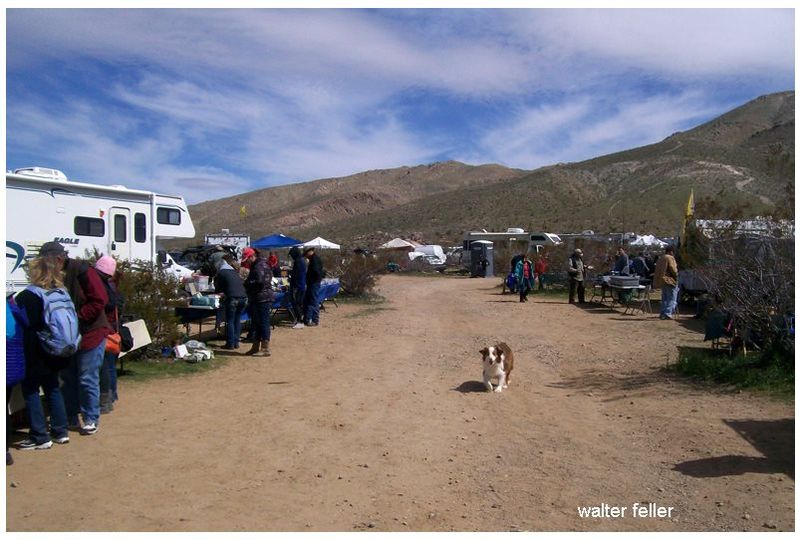Desert rockhounding is a popular recreational activity that involves searching for, collecting, and identifying rocks, minerals, gemstones, and fossils in arid regions. Deserts often have unique geological formations and a diverse range of minerals, making them interesting and rewarding for rockhounding enthusiasts. Here are some tips for desert rockhounding:
- Research the Area: Before heading out, research the desert area you plan to explore. Learn about the geology, rock formations, and the types of minerals or gemstones commonly found in that region. Geological maps and online resources can be valuable tools.
- Check Regulations: Be aware of any regulations or restrictions in the area you plan to visit. Some areas may have rules about collecting rocks, and respecting these regulations is important to preserve the environment.
- Safety First: Deserts can be challenging environments with extreme temperatures. Wear appropriate clothing, including a hat, sunscreen, and sturdy footwear. Carry plenty of water and be mindful of your surroundings to ensure a safe and enjoyable rockhounding experience.
- Use the Right Tools: Bring the necessary rock-hounding tools, such as rock hammers, chisels, safety glasses, gloves, and a backpack to carry your finds. A field guide to rocks and minerals can help you identify your discoveries.
- Explore Washes and Dry Creek Beds: Water action in desert washes can concentrate rocks and minerals, making these areas fruitful for rockhounding. Explore dry creek beds, washes, and areas where water has flowed in the past.
- Look for Indicator Minerals: Certain minerals may indicate the presence of valuable gemstones or other interesting specimens. Learn to recognize indicator minerals and follow their trail to potential collecting sites.
- Be Respectful: Leave no trace and practice ethical rockhounding. Avoid damaging plants, disturb the environment as little as possible, and fill in any holes you may dig. Remember that some areas may be protected, and it’s important to respect these conservation efforts.
- Join Rockhounding Clubs: Consider joining local rockhounding clubs or groups. These organizations often have experienced members who can share knowledge about the best collecting sites and provide guidance on responsible rockhounding practices.
- Time Your Visit: The best time for desert rockhounding is during the cooler months, as summer temperatures can be extremely high. Early morning and late afternoon are generally more comfortable and offer better lighting for observing and collecting.
- Learn to Identify Rocks: Familiarize yourself with the characteristics of rocks and minerals commonly found in the desert. Understanding the properties, colors, and formations of different specimens will enhance your rockhounding experience.
Always be aware of your impact on the environment and prioritize conservation while enjoying the excitement of discovering rocks and minerals in the desert.
